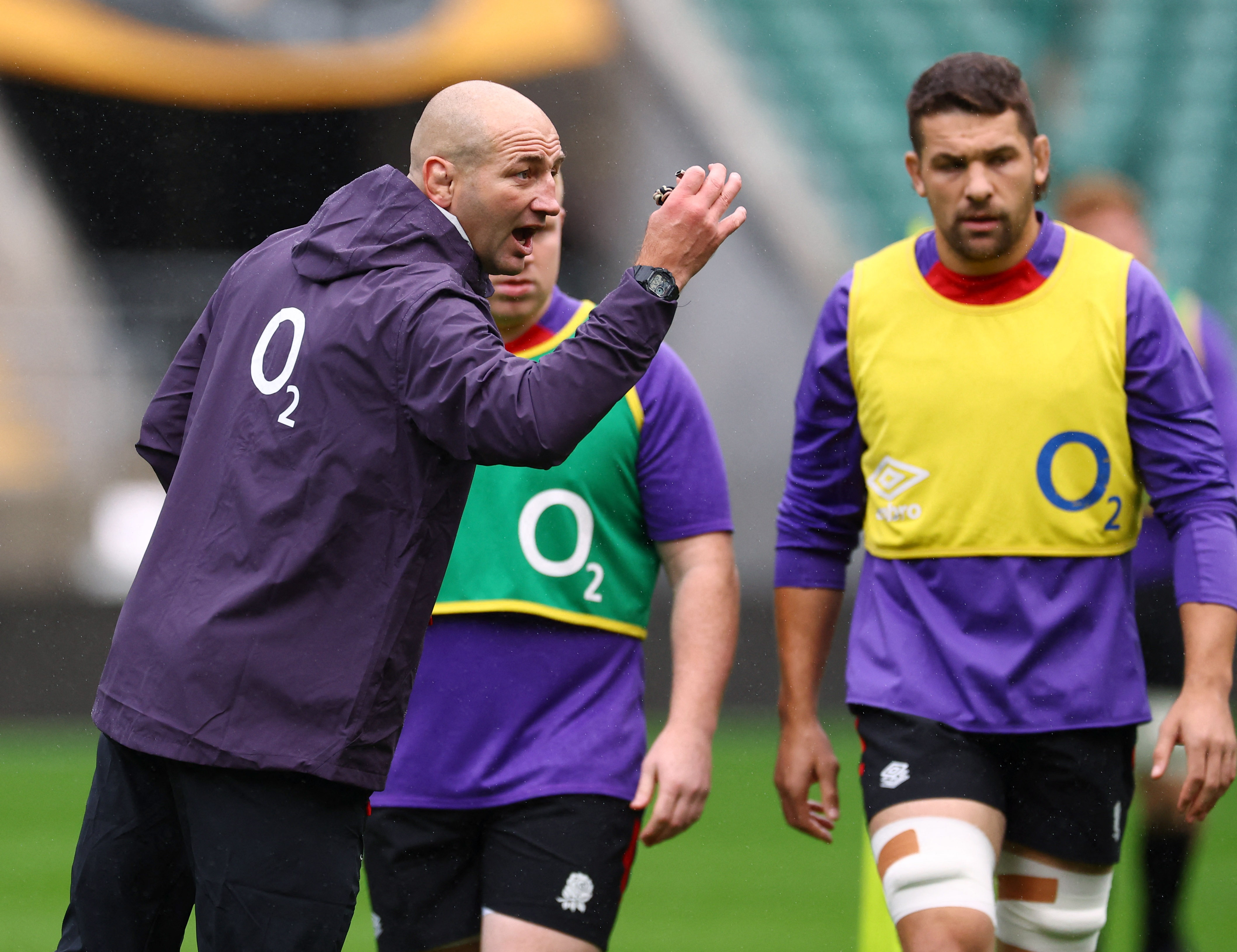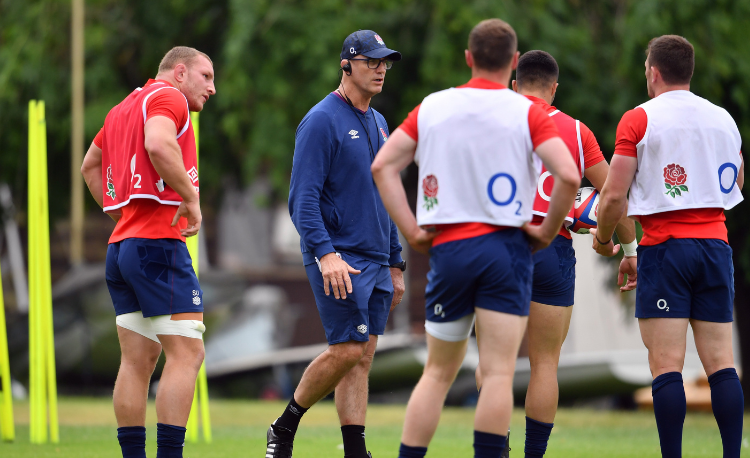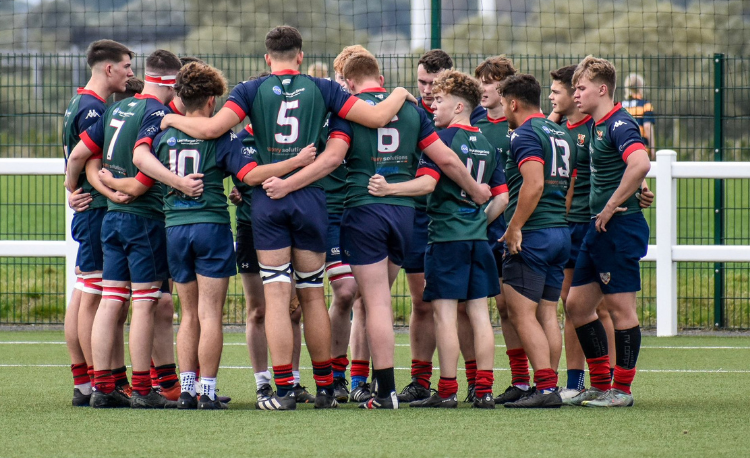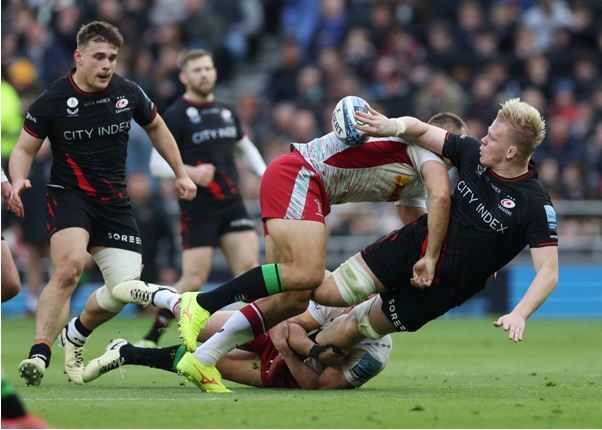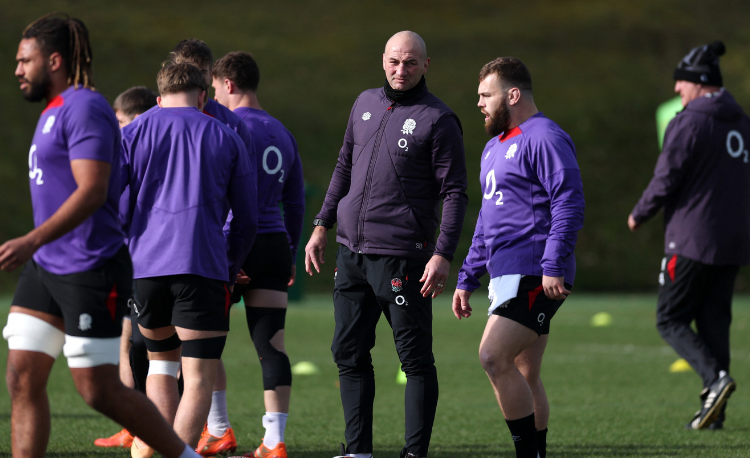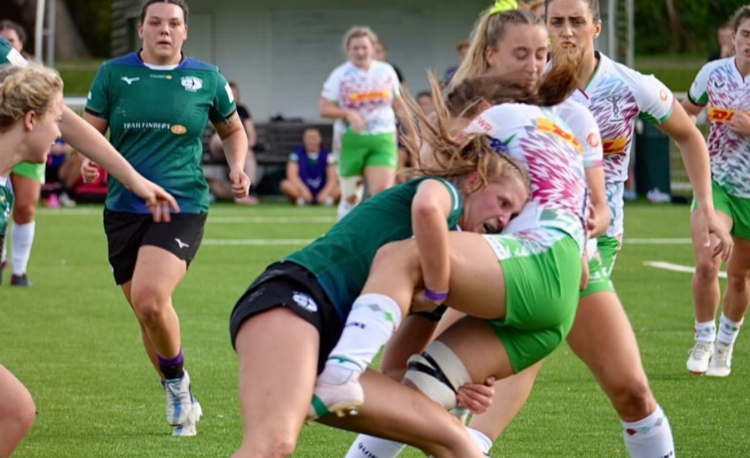Make the best of your team runs

SETTING THE LIMITS
A team run through should be no longer than 40 minutes in total. A well-organised team that has spent a lot of time together could cut this back to between 20 and 30 minutes.
There is a real danger of trying to cover everything that the team has worked on. You need to be selective and tailor the team run through to incorporate the key elements of the game plan for that game.
Ask yourself – what are the important aspects of play that will allow us to get into the shape we want in attack and defence?
If the team hasn’t started well in previous games, you could run through the first passages of play from a kick off, both yours and the opposition's.
You can then move through the expected phases of play, such as attacking or defending lineouts on the 10m line.
STARTING AT SOURCE

You can plan your team run around the sources of possession – scrum, lineout, turnover ball, kick receipt ball and restart possession.
You should prioritise which is most important to the team. For instance, you might be looking at the areas of weakness that need attention, or the more frequent situations that arise, such as scrums rather than kick offs.
Within the framework of the game plan the tactics from each of those sources of possession can be developed. However, the coach should guard against repetition, as this drags out the team run. The aim is to visit a few key plays, get them nailed first time, then move on.
PLAYING THE FIELD
Another approach, or a complementary addition, is to consider the tactics to be employed when in possession at each area of the pitch. This again must happen within the framework of the game plan.
An example may be your lineout ball in your own 22m area – what throw? What ball delivery? And the objective of possession.
REALITY AND THE TEAM RUN
It is interesting to compare team runs to actual play. Team runs are almost always played with near perfect possession, usually from an organised set-piece.
In the game a significant amount of possession comes from two sources that are not "perfect".
- First is "unplanned possession", like from a kick receipt, turnover, or a steal at lineout.
- Second is "imperfect possession", like when an off-the-top lineout ball is driven, a scrum is driven up on the wrong head (wheeled the wrong way), or the ball is fumbled.
GET THE GAME RIGHT
When giving an important speech, experts suggest you learn the first few lines by heart, as this settles you into the talk. The same could apply to starting a team run.
The first few minutes can settle a team into its game, so work hard on getting the first plays right.
OUT OF POSSESSION
The team run should include out of possession situations. These can be broadly divided into set piece situations, set piece into phase play, and phase play.
Team understanding of individual roles in each of these areas of play is as important as understanding attacking roles and responsibilities.
CREATING THE RIGHT ATMOSPHERE
The motivational state of the team is also important.
Has the team lost badly in the previous game, or lost a run of games and needs to grow in confidence? Is the team on a winning run, full of confidence? The team run can reflect this.
Manipulate the duration and areas focused on to enhance motivation or indeed keep the players' feet on the ground and make sure their minds are focused.
Click the link for rugby coaching tips to help you analyse your game.
Related Files
make-the-best-of-your-team-runs.pdfPDF, 785 KB
Newsletter Sign Up
Coaches Testimonials

Gerald Kearney, Downtown Las Vegas Soccer Club

Paul Butler, Florida, USA

Rick Shields, Springboro, USA

Tony Green, Pierrefonds Titans, Quebec, Canada
Subscribe Today
Be a more effective, more successful rugby coach
In a recent survey 89% of subscribers said Rugby Coach Weekly makes them more confident, 91% said Rugby Coach Weekly makes them a more effective coach and 93% said Rugby Coach Weekly makes them more inspired.
Get Weekly Inspiration
All the latest techniques and approaches
Rugby Coach Weekly offers proven and easy to use rugby drills, coaching sessions, practice plans, small-sided games, warm-ups, training tips and advice.
We've been at the cutting edge of rugby coaching since we launched in 2005, creating resources for the grassroots youth coach, following best practice from around the world and insights from the professional game.




